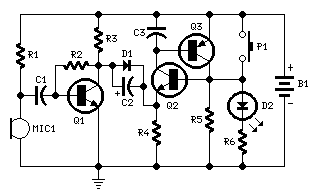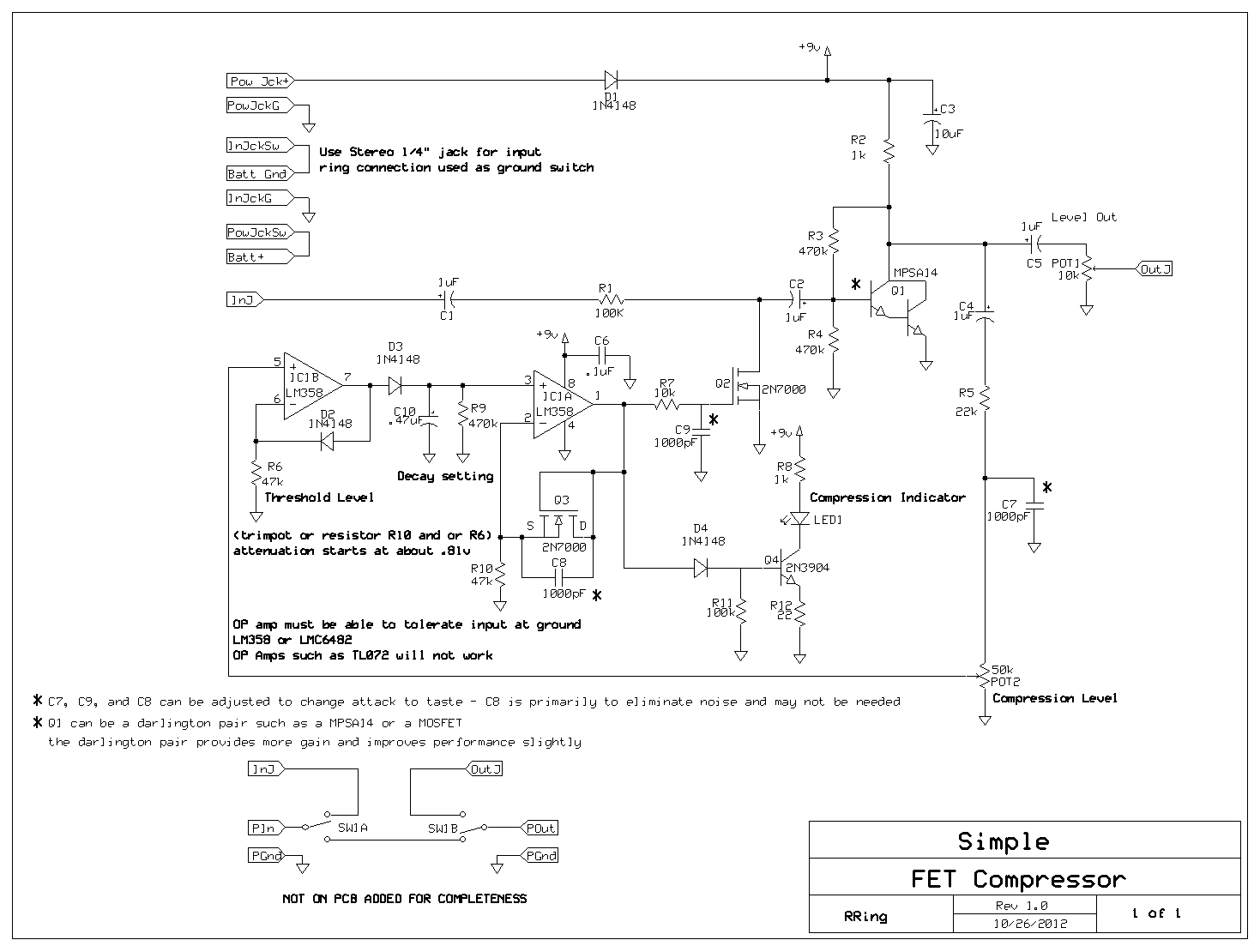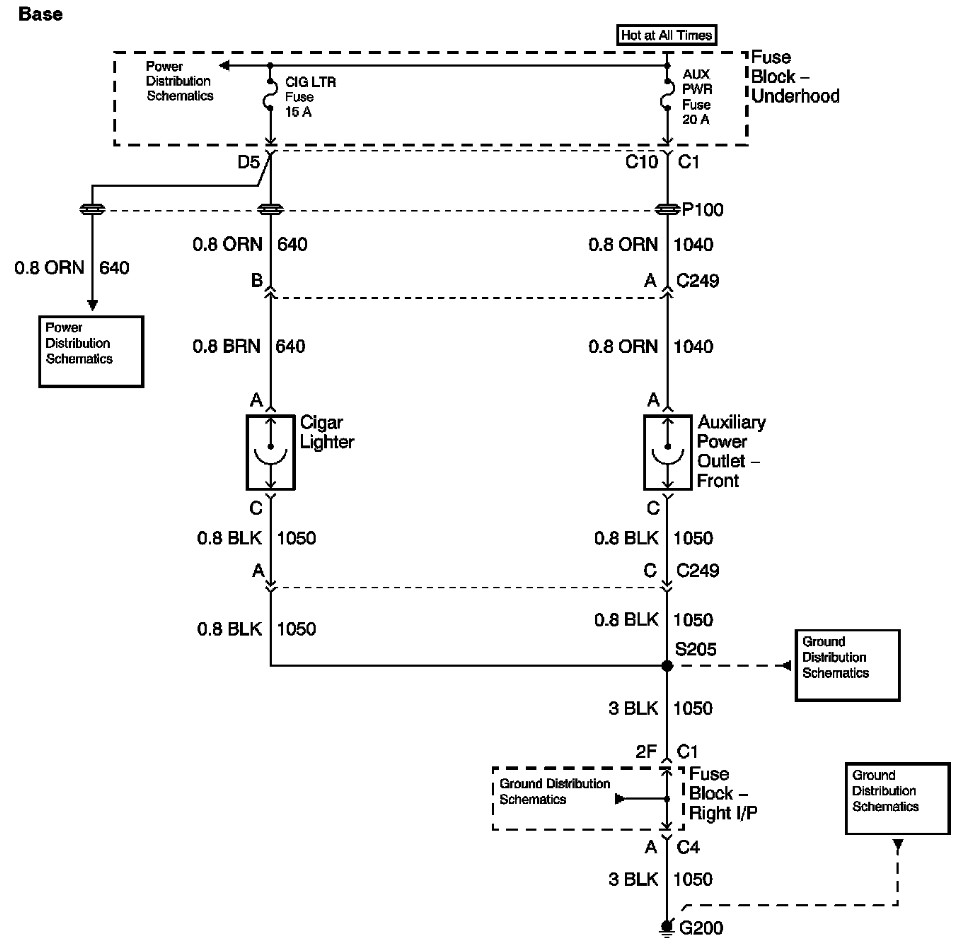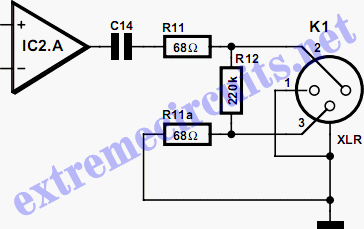
locked out at 2am

The origin of the idea began after a night out in March 2009. After enjoying some post-work drinks, a taxi ride home led to a situation where the driver requested smaller change than the 50 euro note being offered.
The cleaned version presents a narrative that describes a significant moment leading to the development of an idea. This scenario illustrates a common issue encountered in everyday transactions, particularly in cash payments where the availability of smaller denominations can be problematic.
In the context of electronic design, this situation could inspire the development of a payment processing system that facilitates transactions without the need for physical cash. Such a system could involve the integration of various electronic components, including microcontrollers, NFC (Near Field Communication) modules, and secure payment gateways.
A potential schematic for this electronic payment system would include a microcontroller at the core, responsible for processing user inputs and managing communication with payment terminals. The microcontroller could be an ARM Cortex-based chip or an Arduino-compatible board, chosen for its versatility and ease of programming.
The schematic would also feature an NFC module, which allows for contactless payments. This module would be connected to the microcontroller via SPI (Serial Peripheral Interface) or I2C (Inter-Integrated Circuit) protocols, enabling seamless data transfer. Additionally, a secure payment gateway would be integrated into the system, ensuring that all transactions are encrypted and secure.
Power management components, such as voltage regulators and capacitors, would be included to ensure stable operation of the entire system. Input elements like a keypad or touchscreen could be added for user interaction, allowing users to enter payment amounts or select options.
In summary, the described electronic payment system would address the challenges faced in cash transactions by providing a reliable, secure, and user-friendly alternative, inspired by a real-world experience of difficulty in making change.How it all started It all started after a night out back in March 2009. I`d been out for a few post-work drinks and got a taxi home. When I tried to pay the driver, he asked if I had anything smaller than the awkward 50 euro note I was offering. I remembered that I.. 🔗 External reference
The cleaned version presents a narrative that describes a significant moment leading to the development of an idea. This scenario illustrates a common issue encountered in everyday transactions, particularly in cash payments where the availability of smaller denominations can be problematic.
In the context of electronic design, this situation could inspire the development of a payment processing system that facilitates transactions without the need for physical cash. Such a system could involve the integration of various electronic components, including microcontrollers, NFC (Near Field Communication) modules, and secure payment gateways.
A potential schematic for this electronic payment system would include a microcontroller at the core, responsible for processing user inputs and managing communication with payment terminals. The microcontroller could be an ARM Cortex-based chip or an Arduino-compatible board, chosen for its versatility and ease of programming.
The schematic would also feature an NFC module, which allows for contactless payments. This module would be connected to the microcontroller via SPI (Serial Peripheral Interface) or I2C (Inter-Integrated Circuit) protocols, enabling seamless data transfer. Additionally, a secure payment gateway would be integrated into the system, ensuring that all transactions are encrypted and secure.
Power management components, such as voltage regulators and capacitors, would be included to ensure stable operation of the entire system. Input elements like a keypad or touchscreen could be added for user interaction, allowing users to enter payment amounts or select options.
In summary, the described electronic payment system would address the challenges faced in cash transactions by providing a reliable, secure, and user-friendly alternative, inspired by a real-world experience of difficulty in making change.How it all started It all started after a night out back in March 2009. I`d been out for a few post-work drinks and got a taxi home. When I tried to pay the driver, he asked if I had anything smaller than the awkward 50 euro note I was offering. I remembered that I.. 🔗 External reference





